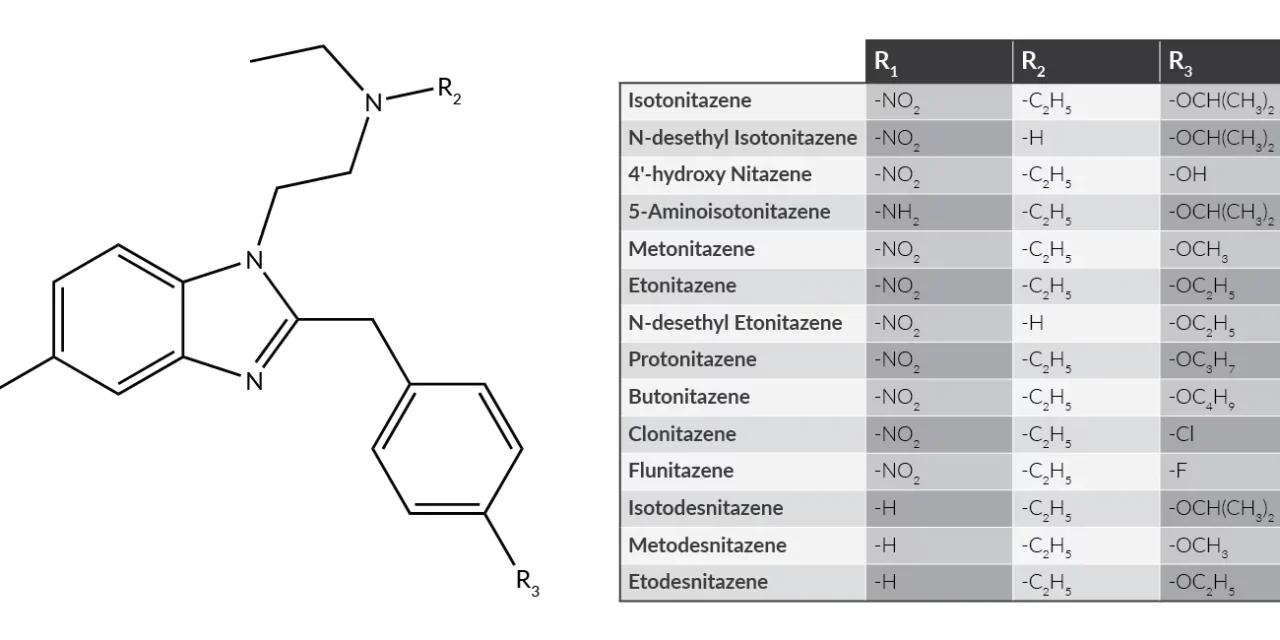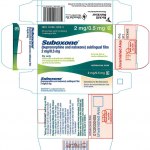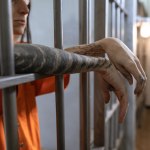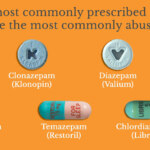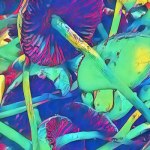We’ll begin with a quote from a recent article in The Guardian:
New class of opioids that may be more potent than fentanyl emerges globally
“The global drug supply has increasingly shifted towards highly potent synthetic substances such as fentanyl and newly emerging nitazenes.” Okay, we knew that.
Except all too often, “… these drugs arrive in the US in the form of powders or precursor chemicals that take up minimal space, and are difficult to detect by odor.”
It’s that last bit that drew my attention. If the drugs can’t be detected by odor, then what use are the drug-sniffing dogs?
Not much, unless the synthetics have been mixed with another drug that does have a detectable odor.
From an expert in detection: “If fentanyl seems to have an odor… it’s the other substance that smells. So, for example, if marijuana is laced with fentanyl, the distinct skunky or musky smell of marijuana is detectable, but not the fentanyl.” Or the nitazene, presumably.
So without Champ’s excellent nose, how do we detect the presence of either synthetic in a sample? We use a test strip.
Fortunately, test strips do work. That’s the good news. They don’t cost that much, and you get a result within five minutes.
But how does the government know which container to open and test, given the vast amount of goods that enter the US every single day of the year?
Apparently, they rely on AI to flag “suspicious” shipments. From another article:
“…large language models flag shipments that ‘don’t make sense’ and are likely to contain illicit substances. For example, [one] company once found fentanyl precursors in a shipment to a residential address in California. The shipment claimed to contain fashion items, but came from a Chinese construction company.”
So if the return address had been one of the giant Chinese cheap fashion operations that advertise continually in US media, it wouldn’t have been flagged?
Seems to me this is just another weakness in the plan to rely on border control and enforcement to stem the rise of synthetic drugs in the US. Sure, treatment is relatively expensive and we can’t measure success in terms of color photos of customs agents standing alongside tons of seized contraband.
That doesn’t make it any less essential to an effective response. Just less media-friendly.

